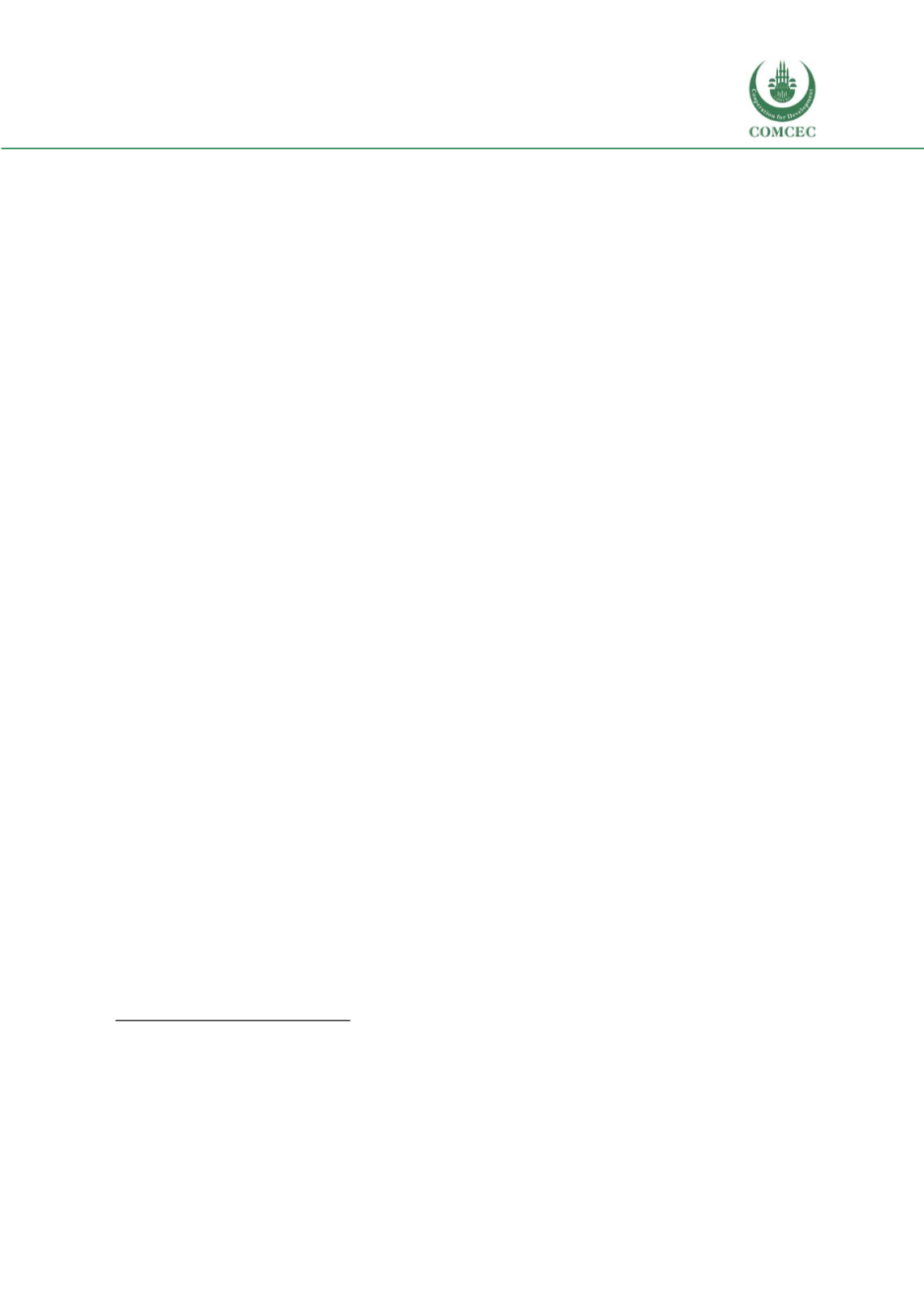

Education of Disadvantaged Children in OIC:
The Key to Escape from Poverty
183
The National Commission for Human Development (NCHD)
has also established over 6,000 feeder
schools
483
(grade 1-3) that are enrolling about 310,000 students and aim to improve access and
support enrolment for primary education.
Deeni Madaris:
In 2015-2016, there were over 30,000 Deeni Madaris in Pakistan, with a total
enrolment of 2.26 million
484
. These schools are also referred to as Madrassas and offer
an Islamic-
oriented education, usually free of charge. They also provide food, accommodation and other
necessary care for their
students
. They are therefore particularly attractive to very poor families,
especially in areas where government schools are difficult to access. (See Annex 5 for details on
the NHCD pilot ‘Introducing Primary Education in Madaris in Pakistan’)
Non-formal Basic Education.
Presently more than 12,000 Basic Education Community Schools
(BECS)
485
, which are part of the network of Non-Formal Basic Education Schools have been
created for out-of-school children.
Graduates
of non-formal schools take an exam at the end of
grade 5 and if they qualify/pass the examination, they are mainstreamed into grade 6 of formal
schools.
Conclusion
Both the UNESCO/administrative data and the DHS data showed that Pakistan’s enrolment,
attendance and completion rates have improved overtime. Access to schooling has therefore
generally increased across socio-economic backgrounds (including poor children) and regions.
This is particularly true at the primary level both in terms of Gross Enrolment Rates and
attendances rates. The increases at secondary level started from very low past baselines and as
such current enrolment and attendance rates remain low in spite of the improving trends.
At the
secondary level, access to schooling from children from poor backgrounds has not improved over
time.
Given the size of the education challenge in Pakistan, in spite of significant increases in primary
GERs, the Out Of School Children (OOSC) rate remains at a high 23% for primary classes
486
,
corresponding to about 5 million children of primary-school-age that are out of school. At the
middle and secondary levels OOSC rates are 51% and 68% respectively
487
.
The language, provincial and urban/rural divides in access to schooling have decreased over time
as have gender disparities, however being female and/or living in a rural area remain strong
disadvantages in access to schooling, as well as belonging to large families with more than 5
children.
Poverty is one, if not the most, significant determinant/barrier to further schooling as seen from
the DHS data, HOI and regression analyses in section 2. Regression findings are in line with the
483
NHCD Annual Report (2015) and
https://www.pakistanpoint.com/en/pakistan/news/nchd-running-6581-feeder-schools-with-31014-127630.html
484
AEPAM (2017)
485
AEPAM (2017)
486
AEPAM (2017) based on table 1.4
487
AEPAM (2017) based on table 1.4
















